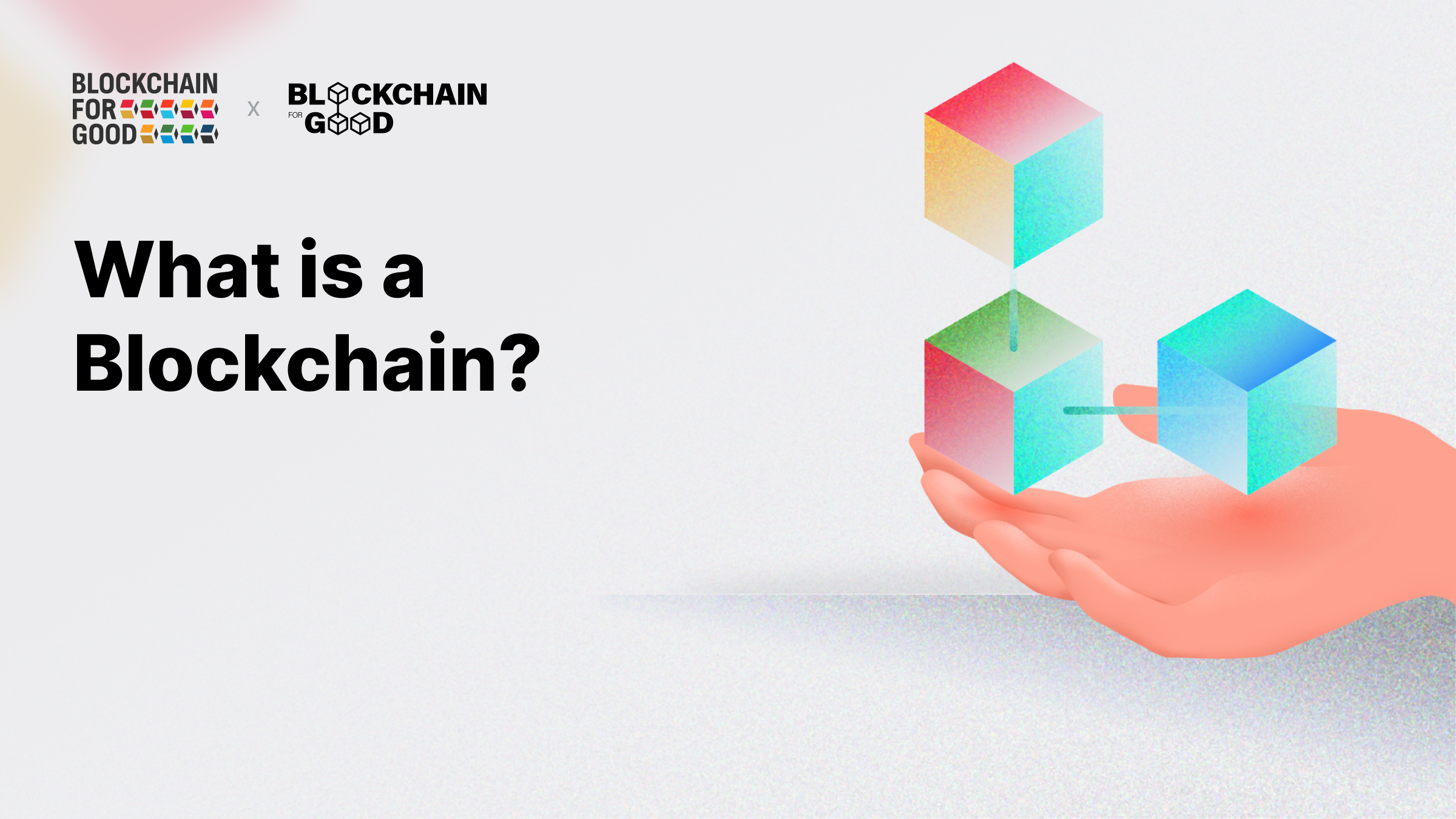
Blockchain and Bitcoin: Revolutionizing Digital Transactions
This article is from “Blockchains & Sustainable Development Report” by JacquesAndré Fines Schlumberger Ph.D.. The report is licensed under the CC BY-NC-ND 4.0 license.

Introduction
“A public blockchain, accessible to all, is to the transfer of value what the web is to the transfer of information.” In other words, public blockchains have revolutionised the “international monetary system” in the same way the “Internet and the Web have ended the media’s monopoly on public speech, blockchains are ending the states’ monopoly on money, or at least on the transfer of value.”
Understanding Blockchain Technology
“The Internet has renewed the way we exchange information and communicate. Today, 4.2 billion people have a connection to the network and use several of these services on a daily basis, such as e-mail, instant messaging and the World Wide Web.”
“When a person sends an e-mail, the message is copied from the sender’s mailbox to the recipient’s mailbox. When someone accesses a web page, the content is copied from the server where it is hosted to the browser of the person accessing it.”
“The major innovation brought by the Bitcoin blockchain and public blockchains”, in general, is the ability to transmit unique information via the internet. “This information, because it is unique, becomes a digital asset whose particularity is that it can be exchanged without being duplicated.” This means that when one person sends a bitcoin to another person, “this “information” is not duplicated”, it is instead “de-registered from the sender’s account and registered in the recipient’s account. The ledger is public and all transactions can be verified.”
What is Bitcoin?
“Created by a person, or group of people, under the pseudonym Satoshi Nakamoto, the Bitcoin network has been in operation since January 3, 2009.”
“Bitcoin is a digital currency exchanged in a peer-to-peer manner, meaning it does not go through a government, bank, or any other intermediary. Transactions are validated by certain nodes of the network, called miners. The mining operation consists of validating transactions per block by performing a cryptographic calculation called "proof-of-work". This operation, which consumes a lot of energy, is one of the cogs in the wheel that secures transactions on the network and generates new bitcoins.”
“With the invention of Bitcoin, for the first time since the beginning of computing, ownership of a digital asset can be transferred without being duplicated or going through a centralized registry.1 Until the advent of Bitcoin, the only way to exchange money without going through the banking network or any financial intermediary was to use cash. The fundamental innovation of the Bitcoin protocol, and later Ethereum and other crypto-assets”, is that it is literally “electronic cash—a system for exchanging value without intermediaries.”
Types of Blockchains
Distributed Ledger Taxonomy
Source: Amended version from Blockchain for Good in: amended version from Dave Birch (Consult Hyperion) in: UK Government Office for Science report “ Distributed Ledger Technology: beyond block chain ”.
To understand blockchain projects, consider three questions: “1. How many copies of the registry exist? 2. Who can access and use the registry? 3. Who maintains the integrity of the distributed registry? Depending on the answer to each of these questions, there are four main types of blockchains”:
1. Public permissionless blockchains (public blockchains not requiring permission): allow anyone to read, write, and validate data. (e.g., Bitcoin, Ethereum, Cardano).
2. Public permissioned blockchains (public blockchains requiring permission): allow anyone to read and write data, but only certain nodes of the network can validate transactions. (e.g., EOS, Ripple, Energy Web Foundation, Sovrin).
3. Private permissionless blockchains (private blockchains not requiring permission): allow anyone to join the network, create a node and participate in the validation of transactions, but the people who can read and write the content of the blockchain are restricted. (e.g., LTO).
4. Private permissioned blockchains (private blockchains requiring permission): only allow a single operator or a network of operators to read, write and validate data. (e.g., Morpheus Network, Corda).
History of Bitcoin
“Bitcoin is the first public permissionless blockchain, created in 2008 and implemented in 2009 in the geopolitical context of the greatest financial crisis the world has seen since 1929.” This period was “marked by a loss of confidence in banks, institutions and States, whose rescue, then stimulus and finally austerity plans caused public debt to explode and further aggravated the rise in unemployment as well as the increase in inequality in the most developed countries.”
“Bitcoin was not created from scratch. It is the result of research and trial and error of various kinds, including the cryptographic work proposed in the 1990s by Haber and Stornetta, and that by Nick Szabo, a computer scientist, lawyer and cryptographer, who in 2005 proposed a monetary exchange system based on validation by proof of work, from which the so-called Satoshi Nakamoto(s) was probably inspired.”2
Conclusion
Blockchain technology, exemplified by Bitcoin, represents a profound shift in how we transfer value and trust online. By understanding the different types of blockchains and their implications, we can better appreciate the innovations and potential future developments in this transformative field.
References
1“Bitcoin, la monnaie acéphale”, Jacques Favier, Adli Takkal Bataille, CNRS Edition, May 24, 2017.
2“Blockchains & Sustainable Development Report”, JacquesAndré Fines Schlumberger Ph.D., Association de loi 1901 Blockchain for Good - France, blockchainforgood.fr, September 2022.